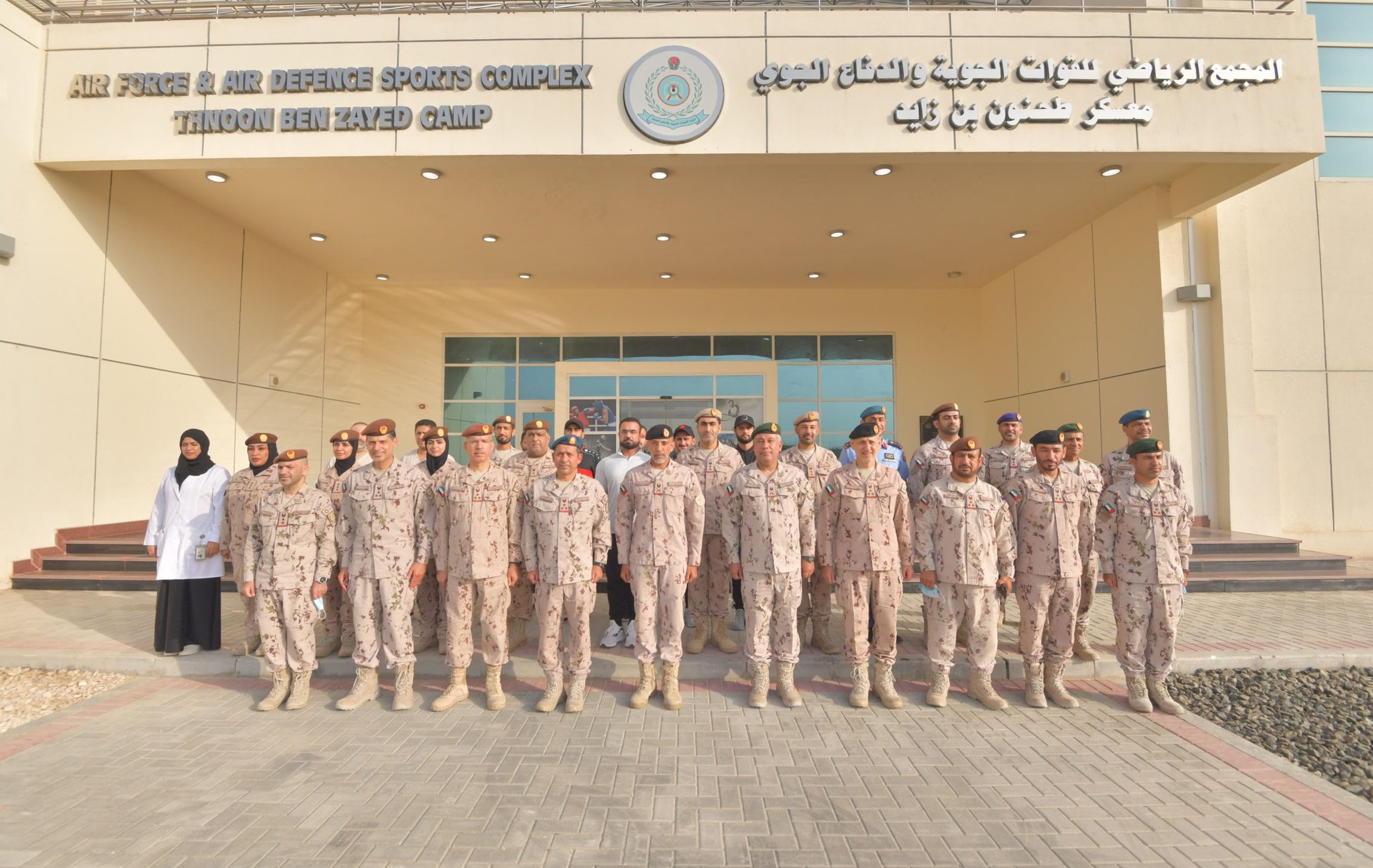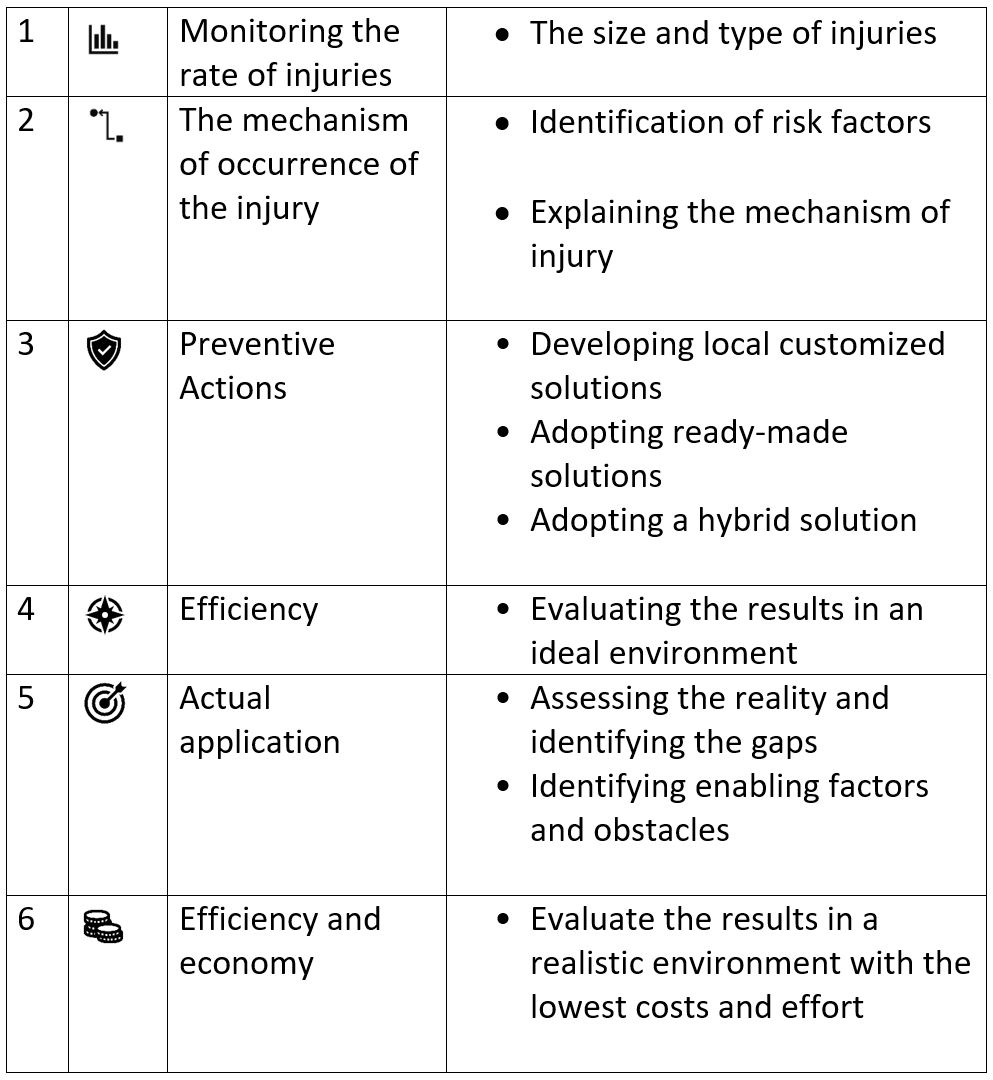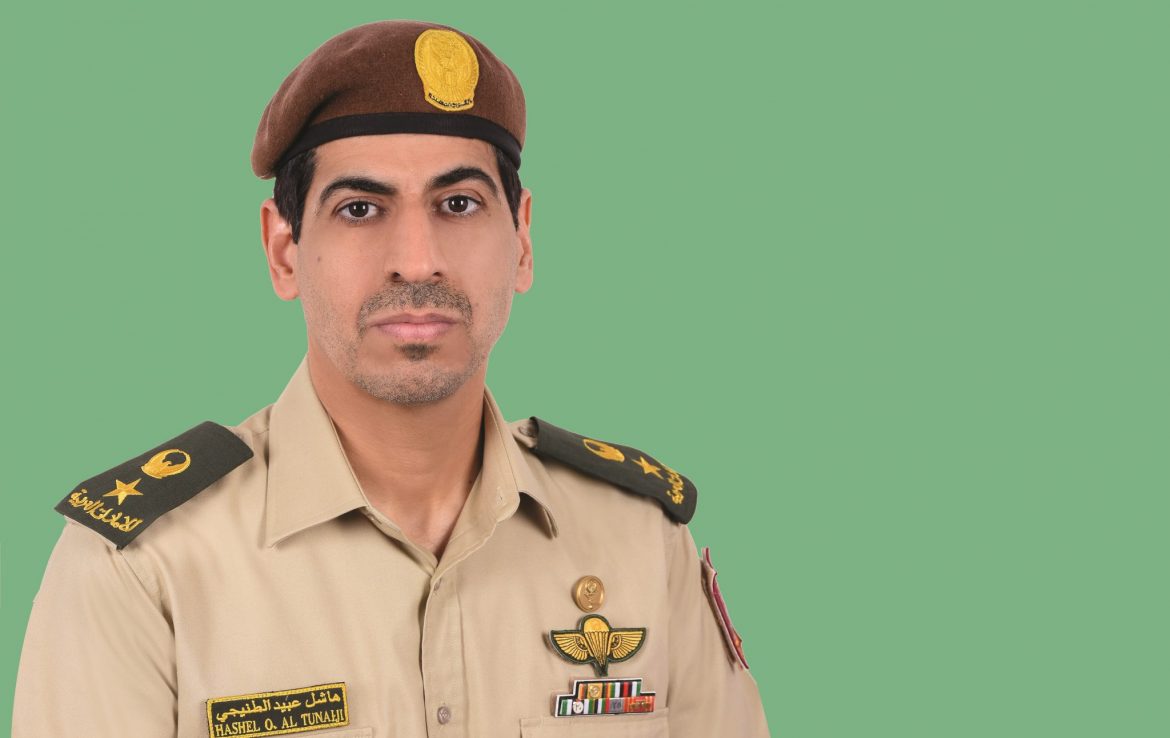Every combat soldier faces regularly increasing physical, mental, and psychological demands during the phases and cycle of developing and maintaining combat physical readiness, which enables him to perform his duty effectively and maintain his readiness.
This results in an increase in the number of injuries to the musculoskeletal system, which are often exacerbated due to the delay in identifying the injury and getting the correct diagnosis, neglecting or delaying treatment and complete rehabilitation.
This in turn results in the injured soldiers’ failure to perform military duties due to permanent exemptions, early dismissal from service, and consequently the low level of combat capability of the forces.
Although training load-related musculoskeletal injuries are inevitable, some of these injuries can be avoided or minimized through preventive, curative, and rehabilitative programs near the injured individual’s unit, to speed up the recovery process and return to combat readiness as soon as possible.
The frightening thing is the ignorance of what can be avoided and dealt with, especially in the absence of a training load-related injury monitoring system that allows the identification of musculoskeletal injuries (number, type, and mechanism of occurrence).
Sports medicine
Over the past years, the roles and services of sports medicine, exercises sciences and medical rehabilitation have developed in a way that meets the requirements of the military and their leaders in maintaining combat physical readiness.
Therefore, the Joint logistic Command represented by the Medical Services Corps command pays attention to supporting combat units and providing sports medicine services, as well as providing specialized medical rehabilitation services near their locations.

The opening of the Physical Therapy and Sports Rehabilitation Center in Zayed Military City highlights this trend and the importance of providing sports medicine and medical rehabilitation services including, diagnosis, medical treatment, rehabilitation, physiotherapy, nutrition, and mental health support, which address the needs of leaders in maintaining a high level of combat readiness.
The opening of the Physical Therapy and Sports Rehabilitation Center in Zayed Military City is a first step toward developing an integrated data-based support services system that includes diagnosis, medical treatment, rehabilitation, physiotherapy, nutrition, mental health support, and military sports sciences, also known as military medicine and sports science services, to reduce injuries to the musculoskeletal system in particular and to enhance physical performance and combat readiness.
This cannot be done scientifically without developing an integrated and comprehensive database on the combat soldier.
Integration and inclusion
To achieve comprehensive combat physical readiness including medical, physical, and mental health, as well as proper nutrition, it is necessary to integrate the services and data of its main partners (training, medical services, manpower, and information systems), through the creation of an integrated database that allows for monitoring the injuries of the musculoskeletal System (type and size), its causes and mechanism of occurrence, thus developing effective and preventive solutions to reduce injuries and their effects, improve physical performance and preserve the combat capabilities of the units by following these 6 steps:

Conclusion
Training injuries to the musculoskeletal system are inevitable and hinder the process of physical readiness of combat units, but their size and impact can be reduced through the integration of physical readiness partners and the development of an integrated database that enables scientific analysis, creating scientific and realistic solutions and their presentation to leaders and decision-makers.
Lt. Colonel Dr. Hashel Obaid Salem Al Tunaiji (Sports Medicine Consultant, Medical Advisor – Zayed Military University)













